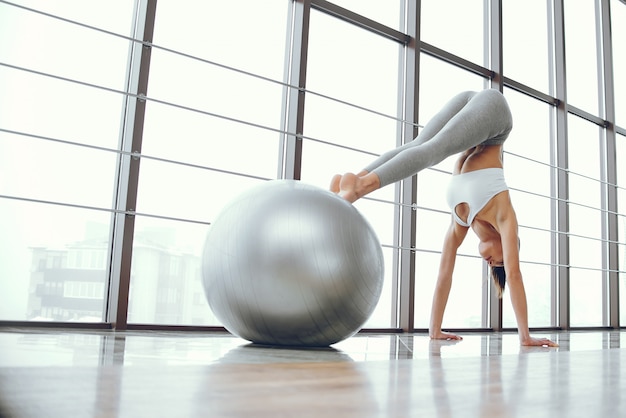As we age, especially after 40, our bodies undergo natural changes that increase the risk of injury during physical activity. Decreased muscle mass, reduced joint flexibility, and slower recovery times are common. But that doesn’t mean you have to slow down. With the right strategy, women over 40 can stay active, strong, and injury-free. Enter the 75-Day Injury Prevention Plan—a science-backed, practical roadmap designed specifically for this life stage.
After 40, hormonal shifts—especially during perimenopause and menopause—lead to decreased estrogen levels, which affects collagen production and joint lubrication. Muscle mass declines by 3–8% per decade, and bone density starts to drop, increasing the risk of fractures. These changes make everyday movements and workouts more demanding on the body.
Without proper preparation, even low-impact activities like walking or yoga can lead to strains, sprains, or overuse injuries. The good news? Most injuries are preventable with consistent, intelligent training.
The 75-Day Injury Prevention Plan is a structured, progressive program that focuses on four key pillars: mobility, strength, stability, and recovery. Over 75 days, you’ll build resilience through daily habits that protect joints, improve movement patterns, and enhance overall physical function.
This isn’t about intense workouts or extreme diets. It’s about sustainable, practical changes that fit into real life—no gym required.
Mobility ensures your joints move through their full range of motion. Poor mobility leads to compensation patterns, which increase injury risk.
Each day, spend 10–15 minutes on dynamic stretches and joint rotations. Focus on hips, shoulders, and spine—areas that commonly stiffen with age. Try movements like cat-cow, leg swings, and shoulder circles.

Strength training is essential for preserving muscle mass and supporting joints. After 40, resistance training becomes non-negotiable for injury prevention.
The plan includes three strength sessions per week. Focus on compound movements like squats, lunges, push-ups, and rows. Start with bodyweight, then gradually add resistance using bands or dumbbells. Aim for 2–3 sets of 10–12 reps.
Why it works: Strong muscles absorb impact, stabilize joints, and improve posture—reducing strain on tendons and ligaments.
Stability training enhances neuromuscular control—your body’s ability to maintain control during movement. This is crucial for preventing falls and awkward movements.
Include balance drills like single-leg stands or heel-to-toe walks. Add core exercises such as planks, bird-dogs, and dead bugs. Perform these 3–4 times per week for 5–10 minutes.

Recovery is not optional—it’s part of the training. After 40, tissues take longer to repair. Ignoring recovery increases inflammation and injury risk.
The plan includes daily recovery habits: 7–8 hours of sleep, hydration (at least 2 liters of water), and active recovery like walking or foam rolling. Take one full rest day per week.
The 75-Day Plan is flexible. If you’re new to exercise, start with shorter sessions and lower intensity. If you’re already active, use this plan to refine your routine and address weaknesses.
Track your progress with a journal. Note how you feel, any improvements in energy or movement, and setbacks. Adjust as needed—consistency matters more than perfection.
Research shows it takes about 10–12 weeks to see significant improvements in strength, flexibility, and movement efficiency. Seventy-five days is long enough to build habits and see results, but short enough to stay motivated.
By day 75, you’ll likely notice better posture, less stiffness, improved balance, and greater confidence in your body’s capabilities.
Injury prevention isn’t about avoiding activity—it’s about preparing your body to move safely and effectively. The 75-Day Injury Prevention Plan empowers women over 40 to take control of their physical health with realistic, evidence-based strategies.
Start today. Your future self will thank you.

Fitness

Fitness

Fitness

Fitness

Fitness

Wellness

Wellness

Fitness

Fitness

Fitness

Fitness

Fitness

Health

Fitness

Health

Health